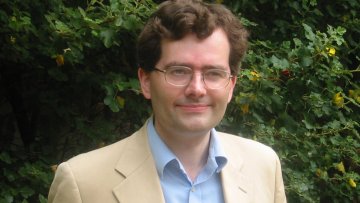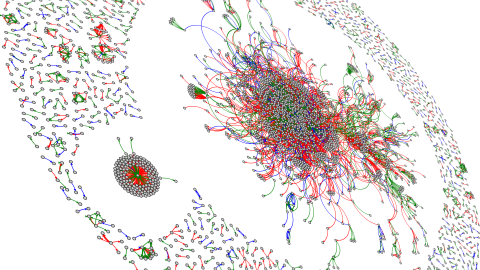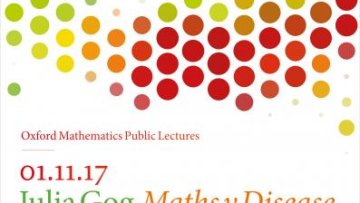Elastic gridshells arise from the buckling of an initially planar grid of rods. Architectural elastic gridshells first appeared in the 1970’s. However, to date, only a limited number of examples have been constructed around the world, primarily due to the challenges involved in their structural design. Yet, elastic gridshells are highly appealing: they can cover wide spans with low self-weight, they allow for aesthetically pleasing shapes and their construction is typically simple and rapid. A more mundane example is the classic pasta strainer, which, with its remarkably simple design, is a must-have in every kitchen.
This talk will focus on the geometry-driven nature of elastic gridshells. We use a geometric model based on the theory of discrete Chebyshev nets (originally developed for woven fabric) to rationalize their actuated shapes. Validation is provided by precision experiments and rod-based simulations. We also investigate the linear mechanical response (rigidity) and the non-local behavior of these discrete shells under point-load indentation. Combining experiments, simulations, and scaling analysis leads to a master curve that relates the structural rigidity to the underlying geometric and material properties. Our results indicate that the mechanical response of elastic gridshells, and their underlying characteristic forces, are dictated by Euler's elastica rather than by shell-related quantities. The prominence of geometry that we identify in elastic gridshells should allow for our results to transfer across length scales: from architectural structures to micro/nano–1-df mechanical actuators and self-assembly systems.
[[{"fid":"51243","view_mode":"small_image_100px_h","fields":{"format":"small_image_100px_h","field_file_image_alt_text[und][0][value]":"","field_file_image_title_text[und][0][value]":""},"type":"media","attributes":{"class":"media-element file-small-image-100px-h"}}]]




